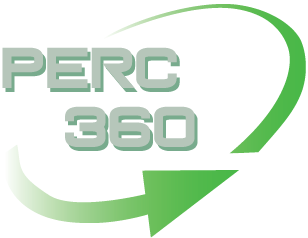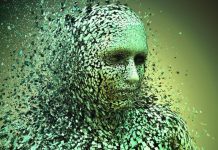You can normally pick out faces in a crowd or on television that are attractive to you, but could you answer why you find that face more attractive than others? Most people cannot pinpoint what it is about a face that attracts them. Sure, you may have preferences such as dark skin over light skin, or dark hair over light hair, but if you were given two dark complected individuals and told to pick the more attractive one solely based on looks, science would kick in.
Many studies show that humans tend to think more attractive faces are ones that are more symmetrical, with similar proportions. “Average” faces are also preferred. “Average” in a mathematical sense, meaning the size and shape of the features are closer to the “average” of a set population. This is thought to be because the brain likes things it can easily recognize—symmetrical images are easier for the brain to process, as well as faces that look familiar.
The brain picks the faces that are more average as more attractive, what does that say in terms of this being a biological choice versus a learned choice? Science states it’s a little of both. Babies prefer symmetrical faces, showing that the preference for symmetry starts very early in life. People also tend to choose symmetrical faces that have features similar to the population they are accustomed to.
Some of these biological preferences can also play a role in biases, even if we don’t intend for them to. In a study of 300 college students, each student was shown a face for 4 seconds and then asked to rate the person on kindness, intelligence, and sociability. Faces with less symmetry were described as less likely to help someone, less intelligent and less social than the symmetrical faces. However, being aware that these biases exist is important. And it is good to point out that once you get to know someone, physical appearance becomes less important in what we find “attractive”.















